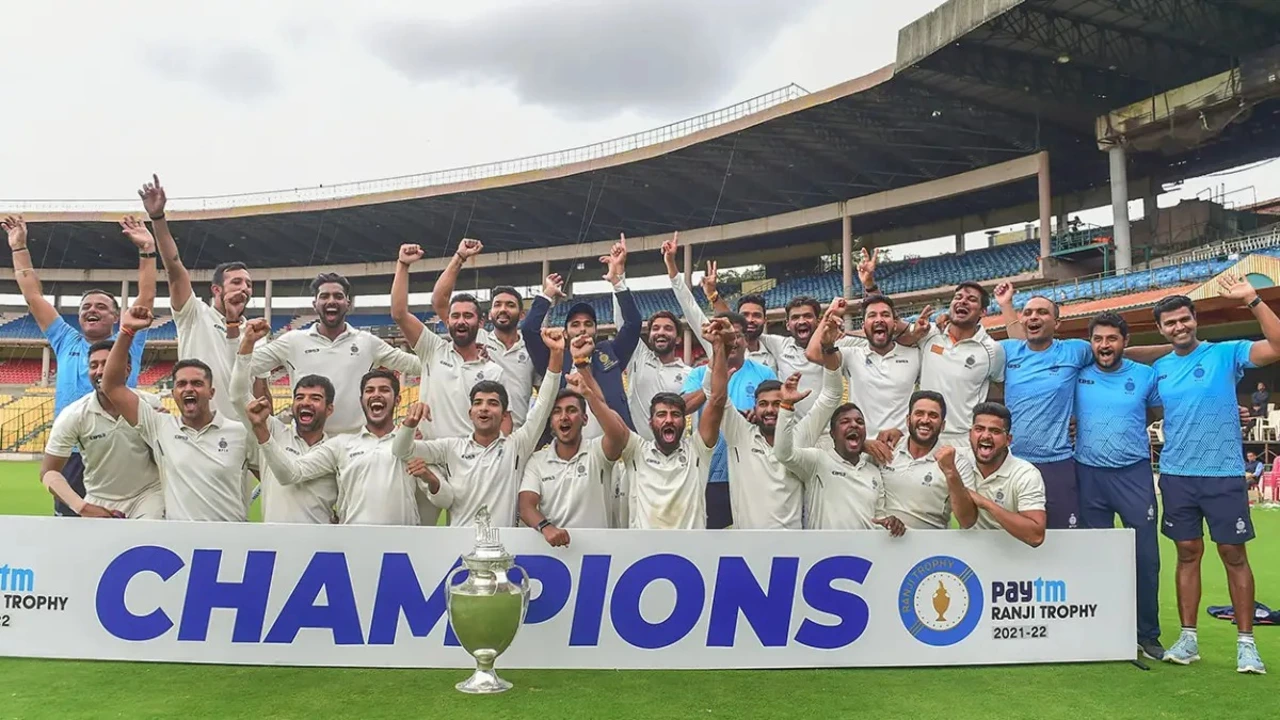3 Years: Why Three Years Matter in Indian Football and Sports
Three years sounds short, but in sports it’s a big chunk of a career, a club project, or a league cycle. If you follow ISL or Indian sports, spotting trends across three seasons tells you whether a player is improving, a coach’s plan works, or a club is building something real. Here’s a practical guide to what "3 years" usually means and why fans should pay attention.
Player development in three years
For young players, three years can change everything. A 19-year-old who gets regular minutes can turn into a reliable starter by 22. That’s enough time for physical development, tactical learning, and mental growth. Look at playing time, injury record, and consistent stats like goals, assists, tackles or interceptions. If those move in the right direction season after season, you’re watching real progress, not a fluke.
Coaching also matters. A player who stays under the same coach for three years often shows clearer improvement than one who switches systems every season. Coaches install routines, trust, and role clarity — things that only pay off after many matches.
Contracts, transfers and club projects
Clubs often sign players and coaches on two- or three-year deals. That’s no accident. A three-year contract gives both sides time to settle expectations and measure results. For clubs, it’s long enough to rebuild a squad, test youth players, and either qualify for playoffs or decide to change direction.
From a fan’s point of view, watch contract lengths during transfer windows. If a club signs multiple players on three-year deals, it usually means they’re planning a medium-term rebuild rather than a quick fix. If key players only get one-year renewals, the club may be cautious or unsure about the future.
Performance cycles also fit this span. Form slumps or injury setbacks can look bad in a single season, but three years lets patterns appear. Is a striker returning to form? Has a defender become more reliable? Are the team’s results improving after tactical tweaks? Three seasons give a clearer answer.
For admins and analysts, three-year data helps with smarter decisions. Use simple metrics: minutes played per season, goal involvement, clean sheets, and injury days. Compare across three seasons to spot real trends rather than random ups and downs. That’s how teams decide whether to promote a youth player or extend a coach’s deal.
So what should you, as a fan, track? Check contract lengths, monitor year-on-year stats, and watch how coaches use players. Also note how clubs recruit: are they signing for immediate results or building depth for the next three seasons? That little timeline will make match-to-match drama make more sense.
Three years won’t guarantee success, but it’s the right window to judge progress. Pay attention to it, and you’ll spot which players and clubs are actually getting better — not just lucky.
